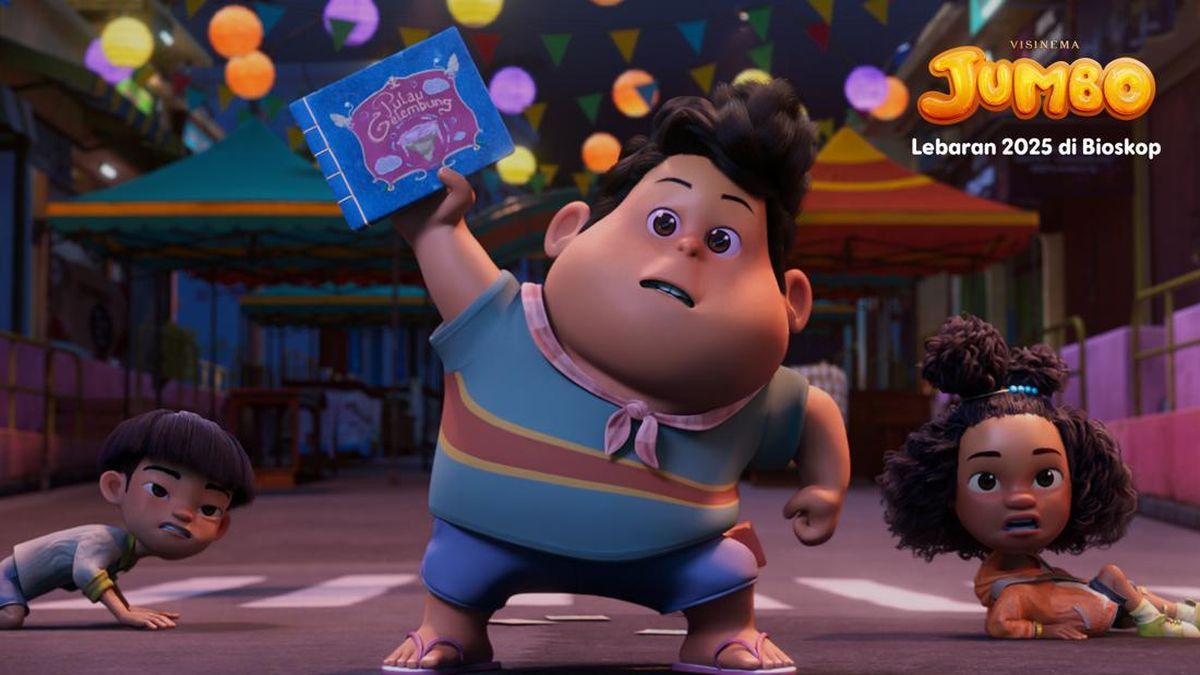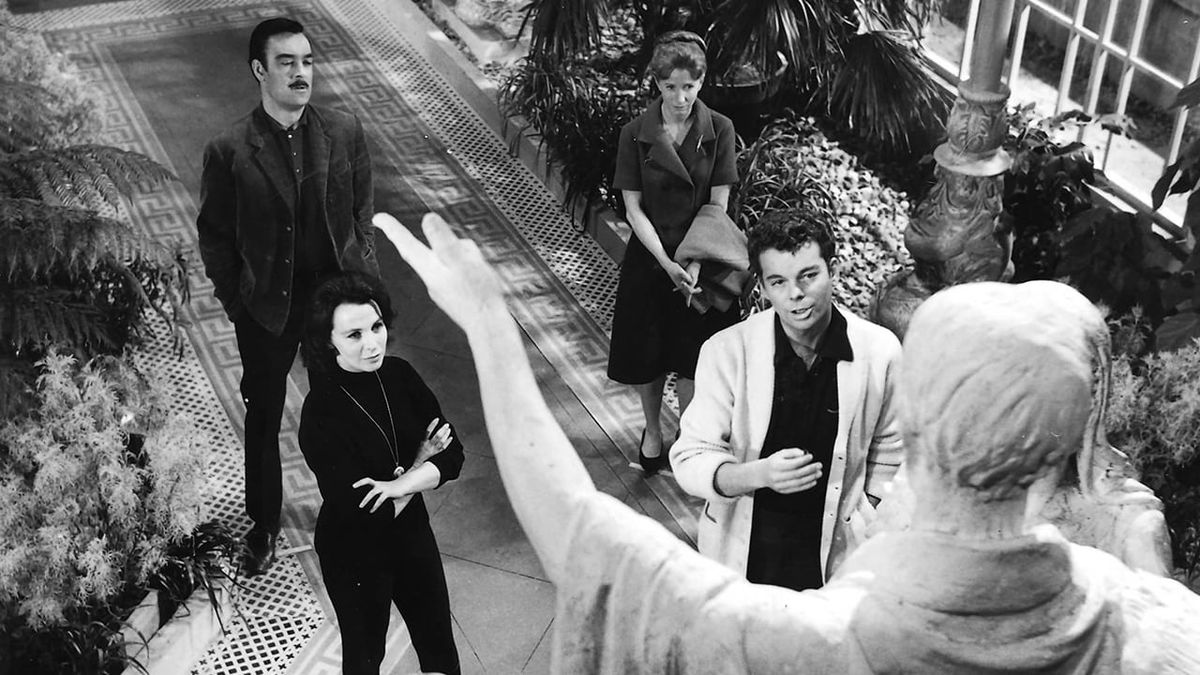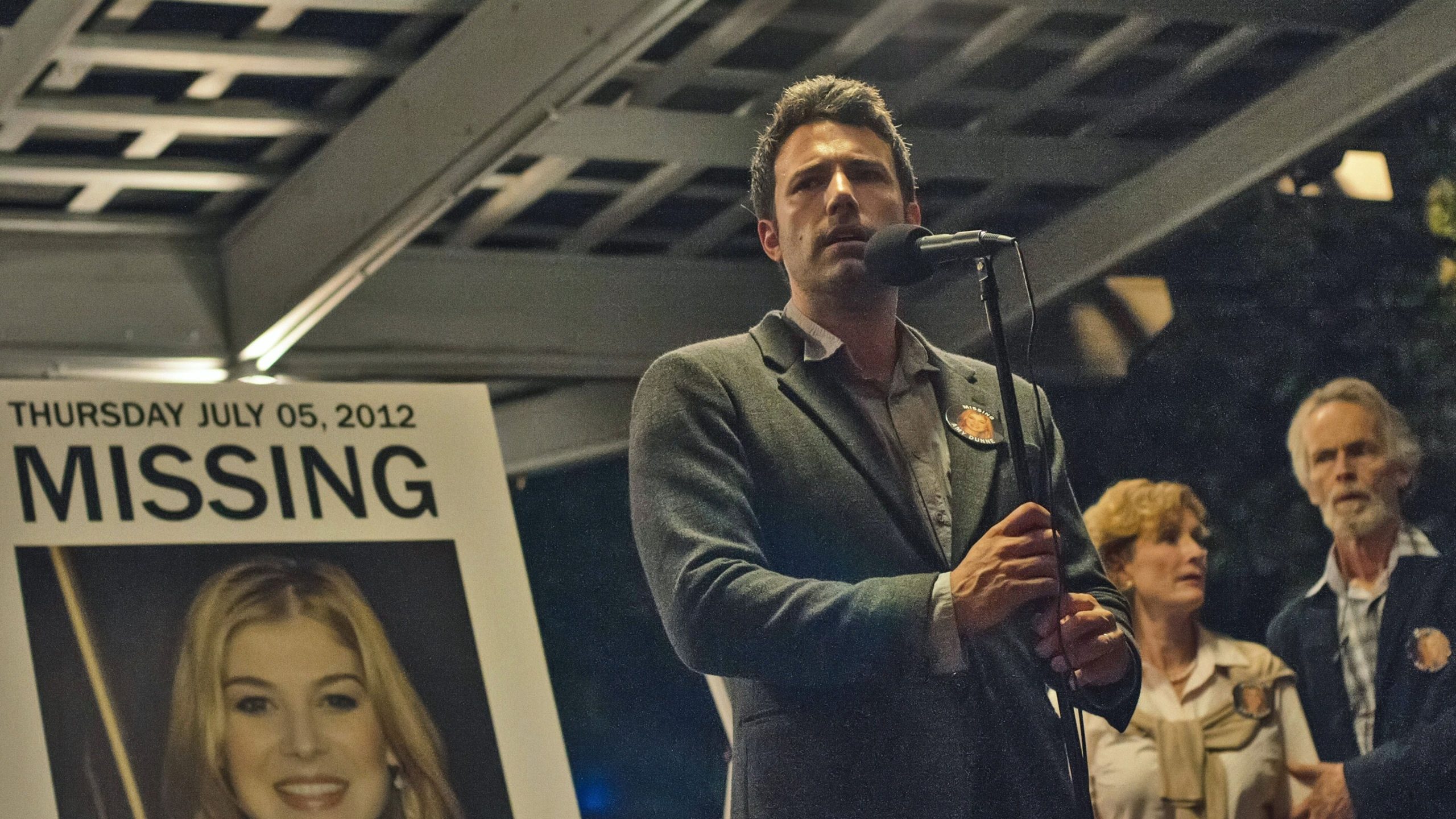Martin McDonagh’s The Banshees of Inisherin is a darkly poetic exploration of broken friendship set against the bleak beauty of 1920s rural Ireland. Reuniting Colin Farrell and Brendan Gleeson (last seen together in In Bruges), the film masterfully weaves black comedy with existential drama. When Colm (Gleeson) abruptly ends his lifelong friendship with the gentle Pádraic (Farrell), it triggers a spiral of confusion, obsession, and violence that mirrors the quiet brutality of the Irish Civil War in the background.
As a reviewer with experience in European cinema and narrative structure, I found the film’s restrained pacing and minimalist dialogue refreshingly bold. McDonagh’s script is sharp, layered, and supported by Oscar-nominated performances that exude raw emotion. Farrell, in particular, delivers a career-best portrayal of vulnerability and slow-burning desperation. The cinematography by Ben Davis captures the isolation of Inisherin with haunting beauty, enhancing the film’s emotional depth.
Critically acclaimed and deeply affecting, The Banshees of Inisherin is more than just a tale of severed ties—it’s a meditation on loneliness, pride, and the human need for connection. With its blend of dark humor, folklore, and cinematic craftsmanship, it stands as one of the most original films of the decade—earning its place as a modern classic in arthouse cinema.





